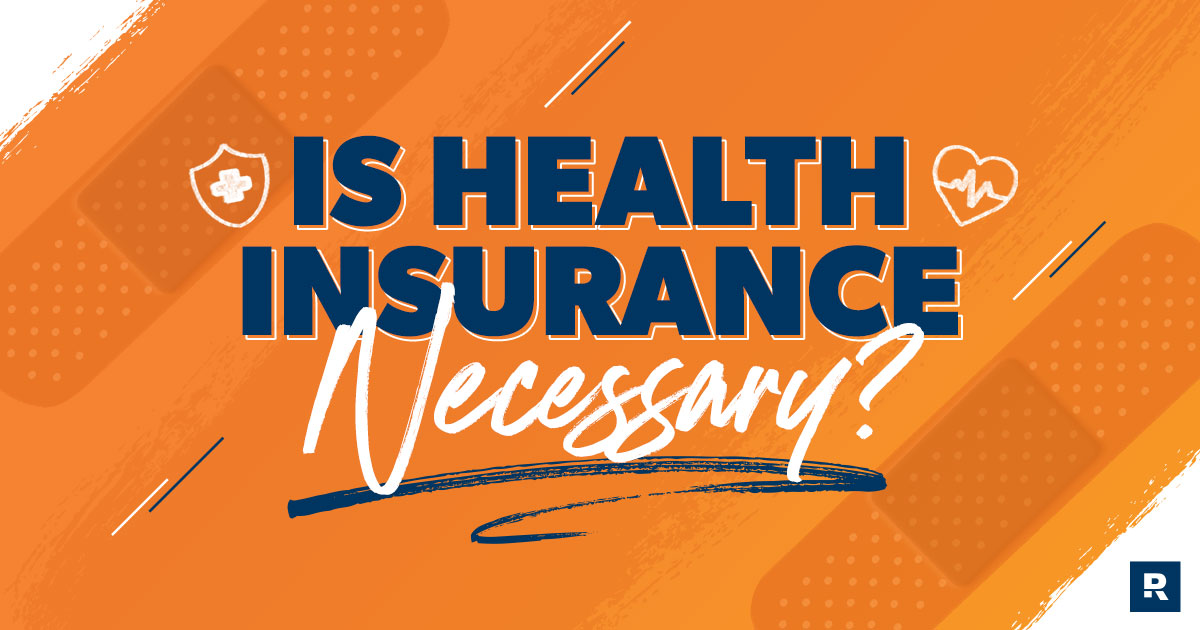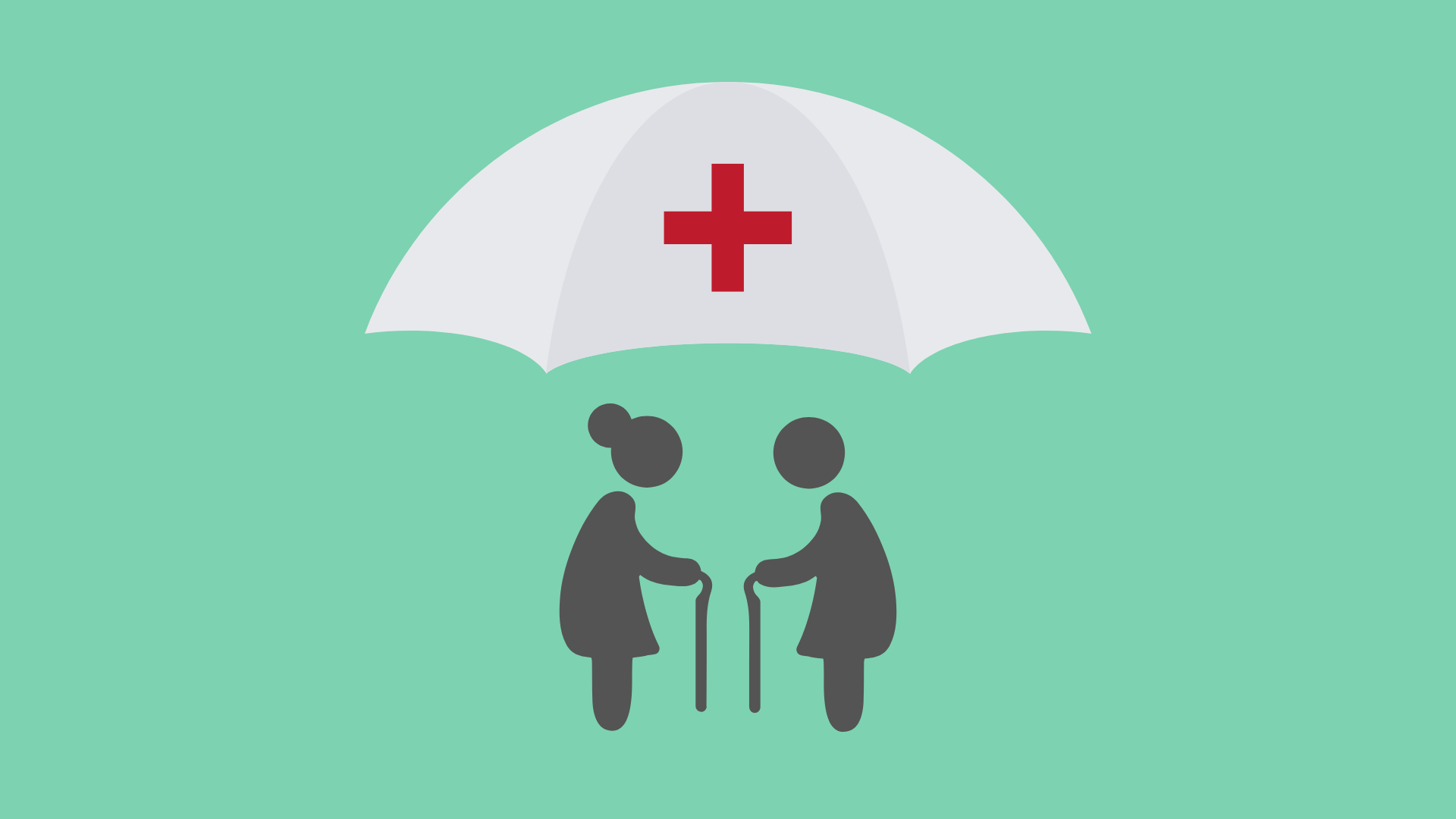Connect with a Dedicated Health Insurance Agency in Houston for Personalized Solution
Connect with a Dedicated Health Insurance Agency in Houston for Personalized Solution
Blog Article
Understanding the Fundamentals: A Comprehensive Guide to Medical Insurance Options
In today's complex healthcare landscape, browsing the myriad health insurance coverage alternatives can be discouraging. A clear understanding of the various kinds of strategies-- such as HMO, PPO, EPO, and POS-- together with essential economic terms like deductibles, copayments, and costs, is crucial for making notified choices - Health insurance agency Houston. However exactly how do these components connect to form your medical care experience and economic wellness? This overview intends to demystify the elaborate globe of wellness insurance policy, furnishing you with the understanding to select a strategy that lines up with your personal medical care needs and financial goals.
Kinds Of Medical Insurance Plans
When navigating the facility landscape of health care coverage, understanding the different sorts of medical insurance strategies is critical. Primarily, wellness insurance policy plans can be categorized right into four main types: Health Upkeep Organization (HMO), Preferred Provider Company (PPO), Special Provider Company (EPO), and Point of Solution (POS) strategies. Each type provides distinct features and advantages, tailored to satisfy varied medical care needs.
HMO strategies require participants to pick a medical care doctor (PCP) and obtain recommendations from the PCP to see professionals. This model stresses precautionary treatment and normally restricts insurance coverage to a network of suppliers, which aids to manage costs. Conversely, PPO strategies supply higher versatility, enabling participants to see any healthcare provider without a recommendation, though they incentivize making use of network providers via decreased expenses.
EPO strategies merge elements of HMO and PPO plans, using lower costs but needing participants to make use of a particular supplier network without requiring references. health insurance agent Houston. POS plans incorporate attributes of PPOs and hmos, requiring a PCP and references while permitting out-of-network care at higher out-of-pocket costs. Comprehending these distinctions is crucial for selecting a plan that lines up with specific medical care preferences and requirements
Comprehending Costs and premiums
Navigating the complexities of health and wellness insurance policy premiums and prices can really feel frustrating in the beginning, however obtaining a clear understanding is important for making informed choices. Medical insurance costs are the routine repayments made to keep protection, normally billed regular monthly. Costs differ based on factors such as the individual's age, location, and kind of plan picked. It's essential to keep in mind that a reduced premium may not always relate to reduce overall costs, as these strategies might have higher deductibles and out-of-pocket costs.
In addition to premiums, other price considerations consist of deductibles, copayments, and coinsurance. The deductible is the amount you pay prior to the insurance starts covering your medical costs. Plans with higher deductibles often have lower costs. Copayments are fixed quantities paid for specific solutions, such as medical professional visits, while coinsurance is a portion of the price shared between the insured and the insurance provider after fulfilling the insurance deductible.
Understanding these expenses can aid you estimate your possible health care expenditures and pick a strategy aligning with your budget plan and healthcare needs. Assessing prices versus protection will enable you to pick a plan that provides one of the most worth and security.
Coverage and Advantage Explained
Although comprehending the breadth of coverage and benefits is essential in picking the right medical insurance strategy, the specifics can typically be intricate. Health insurance policy protection generally includes vital health benefits such as hospitalization, outpatient care, emergency situation solutions, pregnancy and newborn treatment, mental health and wellness services, and prescription drugs. In addition, precautionary solutions like vaccinations and testings are often covered without a co-payment, as mandated by the Affordable Treatment Act for compliant plans.
Each plan might vary significantly in terms of coverage degrees and exemptions. It is important to scrutinize the Summary of Advantages and Insurance Coverage (SBC) record, which lays out protected services, cost-sharing obligations, and any kind of exemptions or limitations. Some plans might cover alternative treatments such as chiropractic care, while others do not.

Very carefully examining the level of coverage and benefits guarantees that the selected strategy straightens with specific health and wellness requirements and economic scenarios, supplying essential security and assurance.
Navigating copyright Networks
In the realm of medical insurance, understanding service provider networks is critical for making sure accessibility to recommended clinical services and managing expenses efficiently. Supplier networks are a collection of health care professionals, facilities, and services that have actually partnered with insurance provider to deliver treatment to insured people. These networks commonly include medical care medical professionals, professionals, healthcare facilities, and various other doctor. They are structured to use patients a variety of options while keeping cost-efficiency for both the home insurance company and the guaranteed.
The type of company network in a health and wellness plan dramatically impacts client out-of-pocket expenses and accessibility to care. Typical network kinds consist of Health and wellness Upkeep Organizations (HMOs), Preferred Company Organizations (PPOs), and Exclusive copyright Organizations (EPOs)
To browse successfully, it is vital to examine each strategy's network information, guaranteeing preferred suppliers and facilities are included, and think about how network constraints straighten with individual health care demands.

Secret Terms and Definitions
Understanding key terms and interpretations in health insurance is crucial for making educated decisions regarding insurance coverage options. Experience with these terms can help people comprehend their policy documents, compare plans efficiently, and anticipate possible prices.
" Copayment" or "copay" is the fixed fee paid by the insured person for certain services, such as doctor visits or prescriptions. Furthermore, "coinsurance" describes the percentage of costs that the guaranteed need to pay after fulfilling the insurance deductible. Recognizing the "out-of-pocket maximum" is also essential; it represents one of the most a person will certainly pay in a policy duration, after which the insurance provider covers 100% of permitted prices.
Furthermore, terms like "network" refer to the group of health care service providers got with an insurance company to provide services at lowered prices. Finally, the "Description of Advantages" (EOB) is a file sent out by insurance companies describing what was covered, what the patient owes, and why. Understanding these terms aids in navigating health and click for info wellness insurance policy landscapes successfully.

Verdict
By straightening health care choices with the ideal strategy, sufficient coverage and monetary protection can be made sure. Browsing supplier networks and comprehending coverage and benefits additionally enhance the ability to pick an ideal health and wellness insurance policy strategy.
When navigating the complicated landscape of healthcare insurance coverage, recognizing the different kinds of wellness insurance coverage plans is essential. Mainly, health insurance plans can be classified into 4 major types: Wellness Upkeep Company (HMO), Preferred Provider Organization (PPO), Special Provider Organization (EPO), and Factor of Service (POS) plans.EPO strategies combine aspects of HMO and PPO strategies, offering lower prices but needing participants to use a certain supplier network without requiring recommendations.Although comprehending the breadth of protection and advantages is vital in choosing the ideal wellness insurance strategy, the specifics can often be intricate. Browsing provider networks and comprehending protection and advantages further enhance the capacity to select an optimal wellness insurance strategy.
Report this page